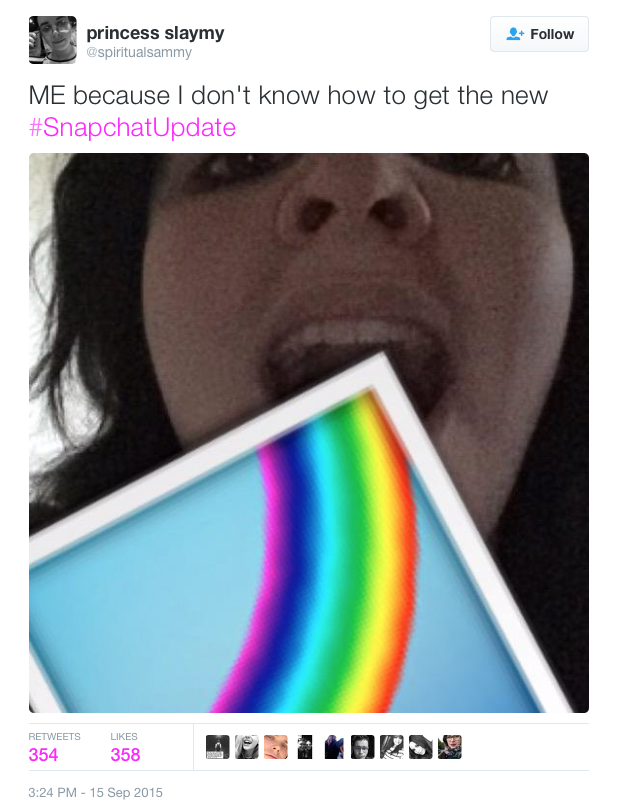Assessment 2 is beaming like a bright light in the distance coming towards us Networked Media children. As it begins it’s decent onto planet “oh my god another assessment is due”, I must begin to investigate a community of my choosing and reflect on the interactions within it.
As a mad lover of the TV show Wentworth, I thought I might delve a little deeper into the community of Wentworth Fans that I am already somewhat involved in.
At the moment, I use Twitter to get involved in the conversations, especially as the Wentworth Twitter account follows me (and therefore I feel obliged to be up to date because I’m one of the lucky 67 accounts that they follow).
But I want to delve even deeper into the community and see more of the world that exists surrounding the show.
A few places that I think I will explore include:
The #Wentworth Tag on Twitter – Whilst I currently use this tag when commenting on the show, it will be interesting to properly read what is out there already/what will come/anticipation (as Season 4 commences May 10).
From first glance, it appears that the most common place for Wentworth lovers to talk about the show are these two Facebook groups:
‘Wentworth’ – https://www.facebook.com/groups/239278402866843/
‘Wentworth TV Series’ – https://www.facebook.com/groups/547193018653526/
With both groups attaining over 13,000 members each, it seems that there are new discussions going every day. I have since requested to join both groups and have been accepted into both.
Wentworth Cast Twitter Feed – I have since subscribed to this feed enabling me to keep up to date with what the cast are saying about the show.
#Wentworth on Tumblr – this hashtag allows me to access various different Tumblr accounts that house various different videos, gifs and even comments/fanfics about the show.
The Wentworth Website has a few trailers and links to the Wentworth Twitter account but may not be as useful in regards to finding the community that exists.
It must be noted that the above mediums (Twitter, Facebook, Tumblr) are all used to interact and therefore allow for communities to be housed as there is a sense of the ability to comment/like/repost.












